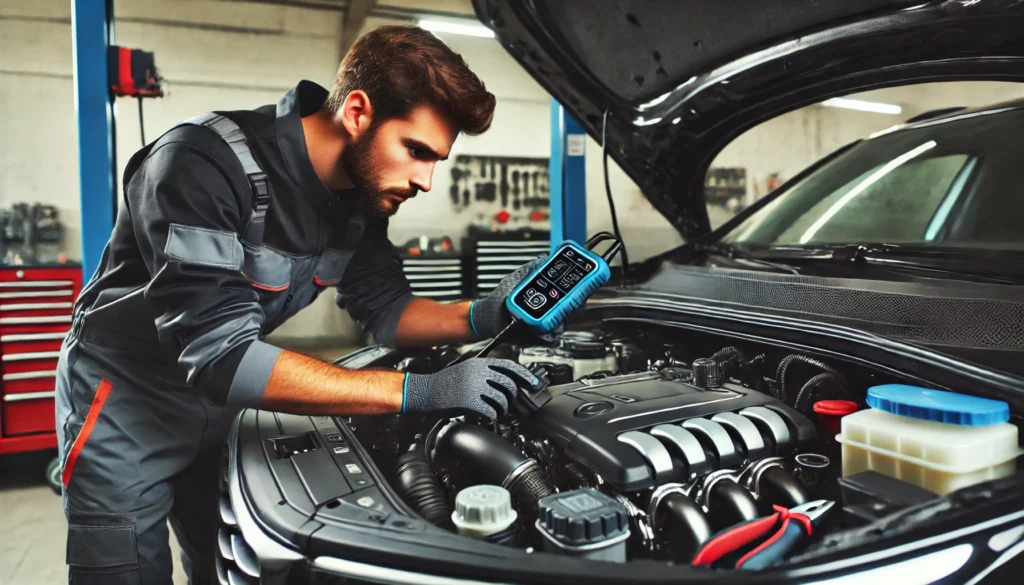Vehicle diagnostics have come a long way from simple manual inspections to advanced computerized systems. Today, modern cars are equipped with complex electronic systems that communicate with diagnostic tools to provide accurate and detailed insights into the vehicle’s health. But how did this evolution occur, and what does it mean for car owners?
The Evolution of Vehicle Diagnostics
In the past, diagnosing car problems relied heavily on a mechanic’s experience and physical inspections. However, as cars became more sophisticated, manual methods proved insufficient. In the 1980s, the introduction of the Onboard Diagnostics (OBD) system revolutionized the industry. The first version, OBD-I, provided basic error codes. Later, OBD-II became standard, offering more detailed information and standardized error codes across all car models.
Modern Diagnostic Tools and Their Capabilities
Today’s diagnostic tools are far more advanced, offering real-time data on engine performance, fuel efficiency, and emissions. Technicians can access a wealth of information, including:
- Live Data Monitoring: Real-time engine performance metrics.
- Component Activation Tests: Testing the functionality of various components.
- System Reprogramming: Updating the vehicle’s software to improve performance.
The Role of Wireless and Remote Diagnostics
Modern cars are increasingly connected to the internet, allowing for remote diagnostics. Manufacturers can send software updates and monitor vehicle performance remotely, notifying owners of potential issues before they become serious. This technology improves safety, convenience, and efficiency.
Benefits of Advanced Diagnostic Technology
- Accurate Problem Identification: Reduces guesswork and unnecessary repairs.
- Time Efficiency: Faster diagnostics lead to quicker repairs.
- Cost Savings: Early detection prevents costly damage.
- Enhanced Safety: Real-time monitoring of critical systems ensures safe driving.
The Future of Vehicle Diagnostics
The future of diagnostics lies in Artificial Intelligence and Machine Learning. These technologies will enable predictive maintenance, where the system anticipates issues based on historical data and driving habits. This proactive approach will revolutionize car maintenance, ensuring maximum performance and safety.
Conclusion: Embrace the Change
The evolution of vehicle diagnostics reflects the advancement of automotive technology. Embracing these changes ensures better maintenance, enhanced safety, and cost savings. If your car is showing warning signs or it’s time for routine maintenance, take advantage of modern diagnostics to keep it running smoothly.

